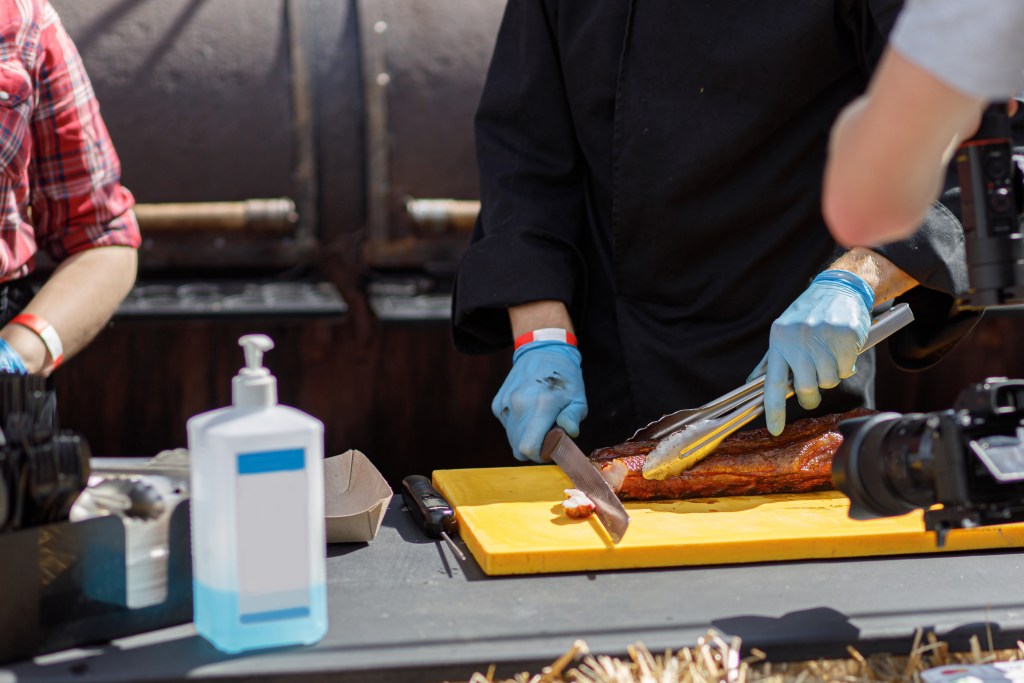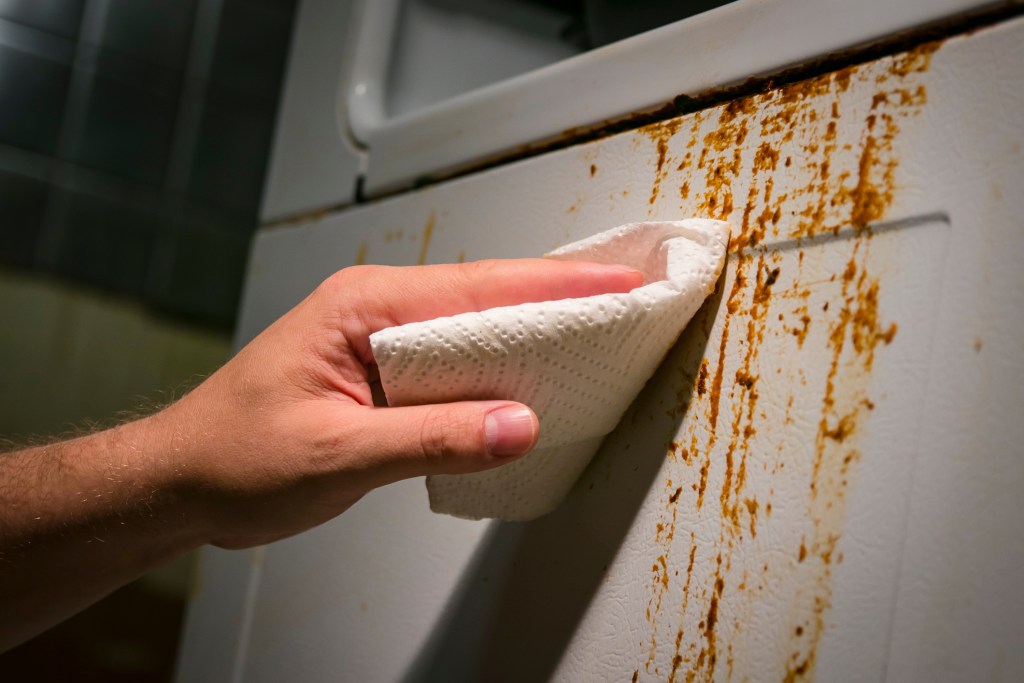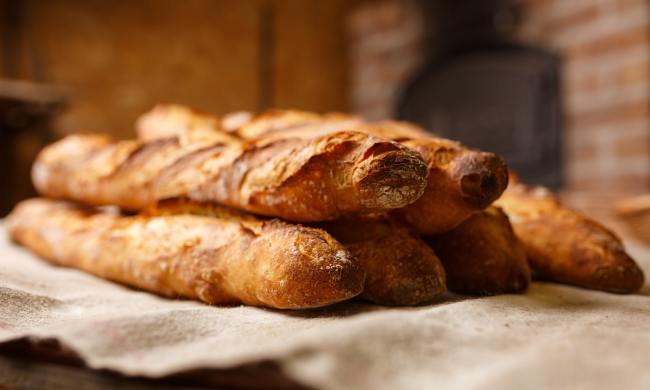Food safety and health codes in the restaurant industry are much more profound than simply not utilizing expired ingredients. Standard health codes play a crucial part in keeping customers from being susceptible to foodborne illnesses. Restaurant patrons are more concerned with and aware of restaurant hygiene and sanitation practices now than ever before.
However, strictly adhering to the health regulations is more regarded as a must for all restaurants. The outcomes of restaurant health inspections can also make or break a business, mainly if a restaurant violates too many codes. You may be asking, how can I assure that my restaurant stays on top of complex health code regulations? This guide is intended to help you recognize the 3 most common violations and how you can better avoid these infractions for your restaurant.

Common restaurant health code violations
Improper sanitation violations
Improper cleanliness is one of the most prevalent health code violations that restaurants can face. The sanitation of your restaurant kitchen requires that your food prep, cooking work surfaces, and equipment are frequently cleaned and sanitized. Health inspectors recognize where to scan for issues in kitchen uncleanliness. Therefore, frequent cleaning should be a priority in your restaurant. Certain areas of your kitchen that are expected to be regularly cleaned will include all visible surfaces and any hidden surfaces that are not always visible.
Kitchen sanitation is crucial to safely prepare foods and prevent food illnesses, plus surfaces and equipment will need to be cleaned daily. To avoid these types of violations from happening, ensure kitchen and restaurant staff are trained accordingly. You can implement a cleaning checklist that must be completed by the team daily, weekly, and monthly. Also, a semi-annually or annually refresher training can help remind your staff of the essential and proper sanitation procedures.
Time and temperature control violations
Another typical health code violation is time and temperature control. Time and temperature control protocols require that all foods be kept at food-safe temperatures for an appropriate length of time. This will include hot foods, cold foods, raw foods, and cooked foods. Failing to observe time and temperature controls can lead to bacteria growth in food and the spread of foodborne illnesses. Some of the usual issues with time and temperature can include time-controlled foods with no expiration date or required cooking temperature labels and also improper thawing of frozen meats or fish.
Health examiners will typically test various foods throughout your kitchen to ensure they are temperature and time-controlled safely. However, time and temperature control violations in restaurants can be avoided with proper food safety training. One way to prevent these violations is to instruct your staff to use thermometers, label foods accurately, and appropriately thaw frozen foods. You will also want to implement a hazard analysis and critical control points system designed to help ensure proper time and temperature control for your food safety.
Improper storage violations
Improper storage violations can occur in two main ways, food storage and utensil/tool storage. Food must be labeled and stored correctly to avoid spoiled food and cross-contamination issues in order to maintain proper food safety. In terms of tool and utensil storage, the same concept of cross-contamination can also be a concern. Moreover, if clean tools and utensils come into contact with unclean surfaces, they can pass contaminants onto the food.
A few methods of improper storage that can cause an issue is when food is stored not in commercial containers. Additional problems would be food stored on the walk-in floor and refrigerated food stored without safety in mind, such as raw chicken stored on a top shelf above any other food. Relative to utensils, in a restaurant environment, air drying is the most sanitary and proper way to dry tools and utensils as it prevents the possibility of mold growth.
A method that will prevent these two common storage violations is to manage your staff on proper tool and utensil storage etiquette, plus food labeling and storage. For appropriate tool and utensil storage, implement quality restaurant organization for your staff and train them to keep things well organized for easy and proper food safety. Concerning proper food storage, ensure your kitchen staff keeps containers and food storage items well-labeled while regularly checking for food spoilage or expiration.

Health codes do not have to be perceived as a challenging aspect. Focusing on proper food safety, food storage, and equipment storage should be a top priority alongside serving your customers at your restaurant. If anything, the public health department and health codes ensure that you run your restaurant as successfully and safely as attainable.



